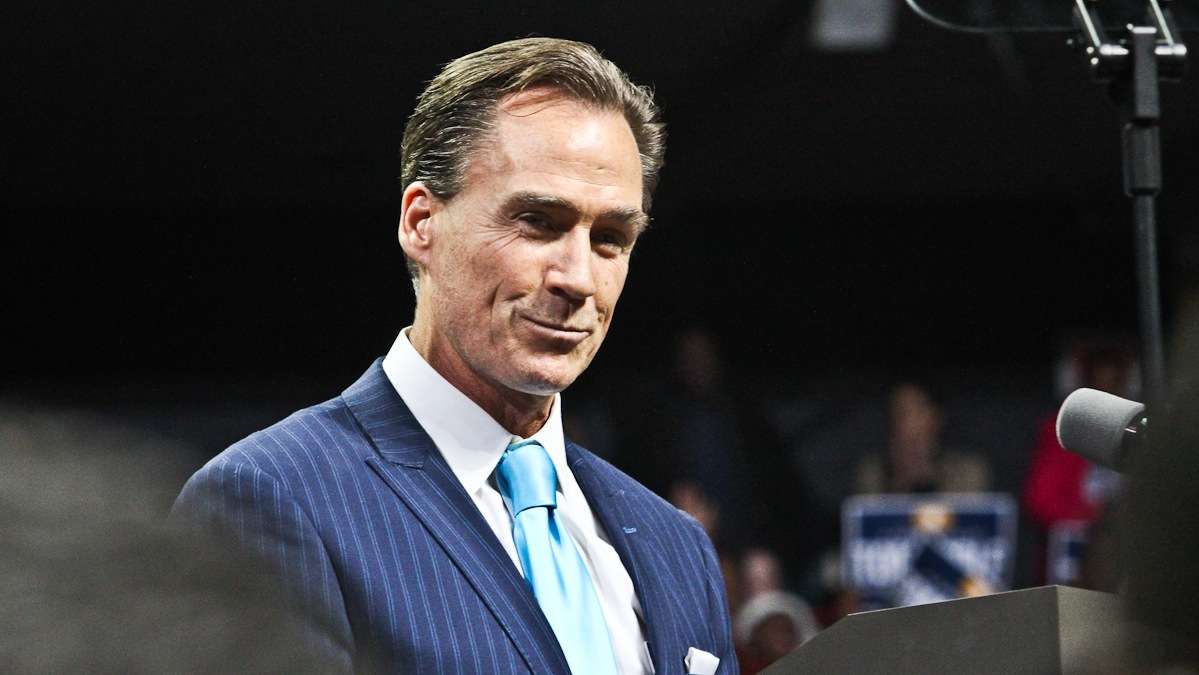Employers juggle rising health costs, but few seek to drop coverage
New Jersey employers saw a sharp increase in health costs over the past year, but few plan to drop coverage for their workers.
Instead, they’re using a variety of strategies to offset the higher costs, including asking employees to pay more and dipping into their own profits.
These were among the findings of the first healthcare-focused survey in six years by the New Jersey Business & Industry Association (NJBIA), the state’s largest business group.
The smallest employers saw the largest increase in their health costs, with businesses with fewer than 25 employees seeing a 24.1-percent annual increase over the past year. The average increase tapered to 16.3 percent for businesses with between 25 and 49 workers, reaching 7.3 percent for those with more than 250 employees.
The average cost to employers for an employee-only plan was $7,416 per worker this year, while plans that cover an entire family cost an average of $19,116. The companies reported paying 79.3 percent of healthcare costs for employee-only plans and 49.6 percent of the costs to cover dependents.
Several factors may have contributed to the cost increases falling more heavily on small businesses, including provisions of the Affordable Care Act that went into effect this year.
NJBIA Vice President Christie Stearns said the ACA’s removal of annual limits on health benefits affected small-business insurance plans, since New Jersey state law required some benefits that were previously subjected to annual limits.
Businesses that had previously purchased lower-cost plans with minimum benefits faced larger increases, since the ACA requires more extensive benefits than were previously mandated.
“That could explain the spike you see for some very small employers,” said Sarah M. Adelman, vice president of the New Jersey Association of Health Plans.
The smallest companies also received the largest initial price quotes from their insurers, with an average quoted increase of 31.8 percent for those with less than 25 employees.
But businesses used a variety of means to offset the quoted increases. The most popular approaches were increasing employee deductibles, copayments and other out-of-pocket expenses, which 53 percent of employers said they used; increasing employee premiums, which 29 percent used; and changing insurance carriers, which 26 percent did. Small businesses were more likely to rely on increasing workers’ out-of-pocket costs, while large companies relied on premium increases.
Stearns said that employers expressed concern about the increased prevalence of high deductibles – amounts that must be paid before the insurance benefit kicks in. Some questioned how employees with moderate salaries would be able to pay several thousand dollars in out-of-pocket expenses, but felt they had limited options based on the plans available.
“It seems as though no one is really happy about those outcomes,” including insurers, Stearns said.
Economists and insurance brokers have drawn a parallel between the rise of high-deductible plans and the introduction of defined-contribution retirement plans, such as 401(k)s.
But many employers and workers still don’t have a good understanding of the different strategies that can help offset out-of-pocket costs, including health savings accounts, which allow workers to save money for future medical bills, Stearns noted.
Although these strategies lowered the quoted increases, companies still had to find ways to pay for their own increased costs. The most common ways were lowering profits, which was done by 45 percent of survey respondents; freezing or limiting employee pay increases, done by 35 percent; and delaying investments, done by 22 percent of businesses.
“Across the board employees took action to contain their costs … and yet after they did that, they wound up with an increase that was probably greater than what their increase and sales and profits was,” Stearns said.
She added that several business owners have told her that increased insurance costs prevented them from hiring an additional employee – an option that wasn’t included in the survey.
Of the companies that responded to the survey, 87 percent plan to offer coverage this year, despite the rising costs.
The reasons why the executives said they offer health insurance were related to the market-driven pressure to retain employees, which was cited by 69 percent, and attracting workers, 51 percent, as well aimproving worker health and productivity, 33 percent. Only 10 percent said they did it to avoid Affordable Care Act penalties – which were delayed one year, until Jan. 1, 2015.
“It was about attracting and retaining employees, it wasn’t because of employer mandates or because the government told me I had to,” Stearns said of the employers’ perspective.
The survey also examined the voluntary benefits offered by employers. Dental benefits were provided by 46 percent of businesses and vision benefits by 26 percent. Wellness programs were most popular among the largest businesses – while 38 percent of those with 250 or more employees offered reimbursements for gym participation, only 3 percent with fewer than 25 workers did.
Fairleigh Dickinson University’s PublicMind Poll conducted the survey for the NJBIA in July and August. While it was the association’s first healthcare survey since 2008, Stearns said the group plans to start conducting it annually due to the rapid changes affecting healthcare.
In a statement, Adelman described the survey report as “the latest warning that far more needs to be done to address the rising cost of healthcare.” She cited the “egregious” out-of-network charges at some hospitals and an ACA fee on insurers as factors contributing to the 2014 increases.
“The bottom line is that the cost of premium is a direct reflection of the underlying cost of healthcare, and these cost-drivers must be meaningfully addressed in order to ease the burden on consumers and employers, as well as on our state budget,” Adelman said.
Few businesses reported receiving the tax credits available to some small businesses under the ACA, perhaps because they are targeted at companies that have average annual employee salaries of less than $50,000 – which are less common in high-wage New Jersey.
________________________________________________
NJ Spotlight, an independent online news service on issues critical to New Jersey, makes its in-depth reporting available to NewsWorks.
WHYY is your source for fact-based, in-depth journalism and information. As a nonprofit organization, we rely on financial support from readers like you. Please give today.















